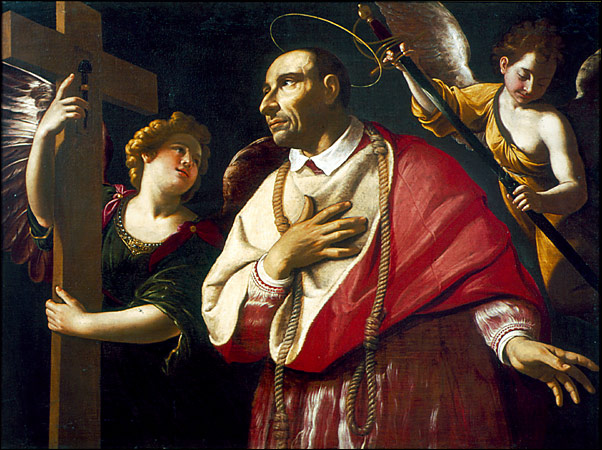Food for Thought
St. Charles Borromeo (1538-1584) stands out among the figures of the Counter-Reformation.
Oct 06, 2017

St. Charles Borromeo (1538-1584) stands out among the figures of the Counter-Reformation.
A faithful and serious man, Charles displayed his devotion to the church at a young age when he received a clerical tonsure at only 12. He was given custody of the Benedictine abbey in Arona, Italy, his hometown, and he ensured that the revenues of the abbey be allotted for the poor.
After his uncle, Gianangelo, became Pope Pius IV, he made 21-year-old Charles a cardinal and appointed him as administrator of the See of Milan. Under Pope Pius, the previously suspended Council of Trent reconvened, thanks in part to Charles' effort and influence, and Charles assisted with the drafting of the catechism and reform of liturgical books and church music.
Yet Charles longed to return to his diocese. This was itself a sign of renewal, as bishops at the time rarely lived in their dioceses. After the death of his uncle, Pope Pius V allowed him to return to Milan. He began implementing reform, establishing seminaries, arranging retreats for priests and directing parish priests to hold public catechism classes.
When famine struck Milan, he fed thousands daily. After the plague, he arranged care for the sick, burial for the dead and food for thousands. He founded a society of secular priests, the Oblates of St. Ambrose.
At a prayer vigil at World Youth Day in 2005, Pope Benedict XVI named St. Charles Borromeo among other saints who were "true reformers." In contemplating such saints, we learn "what it means to live according to the measure of ... Jesus Christ and God himself," Pope Benedict said. (Source: "Butler's Lives of the Saints")







Total Comments:0